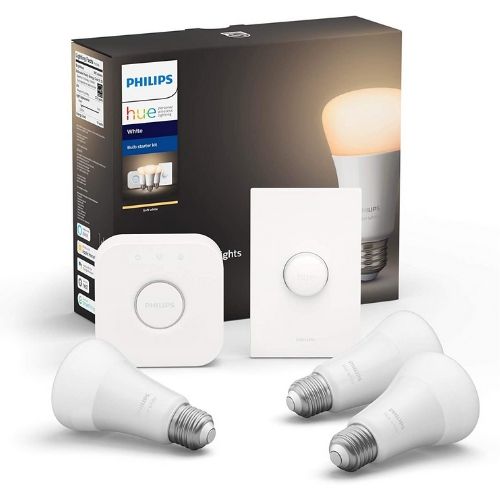Smart home tech makes life a little more convenient (and even more secure), but it can also help you make more eco-friendly choices every day.
If you’ve always wondered what makes a smart home “intelligent” and how a smart home supports an environmentally conscious lifestyle, read on.
What is a smart home?
The term “smart home” is used to describe a home that uses technology to allow the home’s systems and electronics to communicate with one another, be controlled by a time schedule, and even be remotely activated from a smartphone or other web enabled device.
A few of the systems that can be controlled by smart home technology include lighting, temperature, and security systems. The television, coffee pot, hot tub, computer and stereo are examples of appliances and electronics that you can manage remotely with smart home technology.
From within your home or around the world, a smart home provides you comfort and convenience while enhancing security and energy efficiency.
How is a smart home green?
Smart home automation can reduce your home’s energy consumption and in doing so make it greener. And you’ll be glad to know that there is an ever growing range of affordable smart home technologies. A few of the most popular include:
Temperature control
Smart thermostats give you the power to minimize your carbon footprint. They let you regulate the temperature in your home through your mobile device, so if you’re on vacation and forgot to adjust the thermostat you can do so right from your phone. If someone leaves a door open, a smart thermostat can shut off the air conditioning or heat automatically. And you can set a smart thermostat to turn the air conditioning or heat down while you’re at work, and turn it back up just prior to your arrival back home. Smart thermostats like the Nest can also learn your temperature preferences, making it even easier to maximize energy efficiency.
Lighting
Upgrade your lightbulbs to smart LEDs for features that make it easier to save energy (like when the kids forget—again—to switch off the kitchen light after grabbing a snack) and keep the house more secure.
Smart lights let you adjust indoor and outdoor lighting remotely through a smartphone app or by using a control panel within your home. Schedules let you program lights to turn on and off at certain times of the day, like turning entryway lights on just as you arrive home from work or after sunset. You can even program smart home lighting solutions to alert you via text message when a light has been left on. Then, right from your device, turn it off and minimize energy waste.
Window treatments
Take advantage of smart window treatment systems and you’ll reduce your home’s HVAC energy consumption by keeping your home cool during the summer and warming it when winter arrives. For example, to keep your house cool and minimize air conditioning use, you can program window shades or blinds to close during the hottest part of the day. On the other hand, if you’re trying to warm a cold house without running the heat, you can set shades to open during the day.
Irrigation
A smart irrigation system can help save thousands of gallons of water (and hundreds of dollars) a year. Systems like Cyber Rain are customizable to any size yard and allow you to monitor and adjust the system from any Internet connected device. Systems like Cyber Rain conserve the earth’s precious water resource by checking the weather forecast for you, and automatically adjusting the irrigation schedule when rain is detected. According to its website, Cyber-Rain users average a 35 percent reduction in water consumption.
Smart home systems also allow you the opportunity to monitor your home’s energy usage and make adjustments to further reduce your environmental impact and save even more money. Energy management systems like Savant keep an eye on your home’s power consumption so you can discover which systems, appliances or electronics are using the most energy and then control their use- especially during peak electricity price periods.
If you’re looking to simplify your life, save money and become more eco-friendly, adopting one or more of these smart home technologies is a great start. To find out more, discover what Vivint offers to help you save money and energy in your smart home.
The post What is a Smart Home and How Does it Support Green Living? appeared first on SafeWise.
Article source here: What is a Smart Home and How Does it Support Green Living?

No comments:
Post a Comment